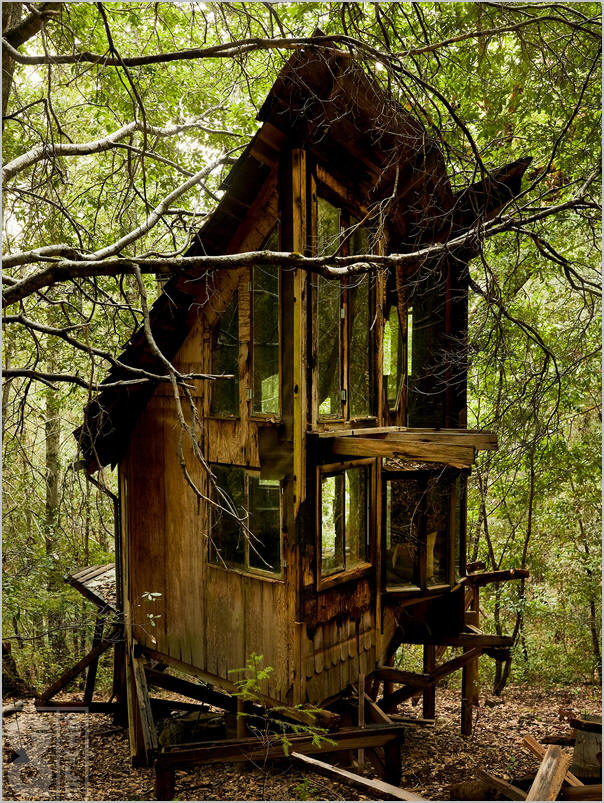

We pass tree stumps, logging equipment, and mounds of dirt. The entire expanse-which once was a kind of American Arcadia, home to scores of hippies who'd fled San Francisco to live a new, idealistic kind of life-now looks deserted. The original members of this commune have moved on or passed on, and much as I'd like to know their stories, there's nobody here to tell us what happened. A mandala tapestry is pinned to the ceiling. Some kind of animal has left a nest in the closet. Inside, a few volumes on hermetic philosophy and a soggy copy of Ram Dass's Be Here Now still sit on a shelf. As I walk through the door, Michael starts taking pictures as if it might collapse then and there.

Few know it exists here, and I wonder whether Michael and I will be the last to see it standing. This home is literally about to go back to the land. A spiral staircase has a raw branch as a handrail the door latches are out of The Hobbit.ĭeeper in the brush, we find a smaller cabin, its roof sagging so low its collapse seems inevitable. We step inside the decaying abode to find it empty and surprisingly pristine but for mouse droppings and an antique fridge. The commune was once known as the Nonagon, named after the nine-sided main house. This is why large, expensive swaths of land sometimes remain uninhabited even after all members of a commune have long since decamped.Īs the sun pierces through the gray sky, we turn a sharp corner to come upon multiple structures frozen in time.

Often co-owners will refuse to sell their share because of ideological reasons-many members of Northern California's communes acquired land to liberate it from logging and developers 2. When members trickle out of a commune but retain their stake in the property, ownership can become a tricky issue. Photographer Michael Schmelling and I are in Mendocino County, about a three-hour drive north of San Francisco, looking for what remains of perhaps the most famous of the hundreds of rural communes established across Northern California in the late '60s and '70s: Table Mountain Ranch. Several miles inland from California's foggy coastline, we're driving down a single lane hemmed in by 50-foot fir trees and then turn onto a rocky dirt path, joggling our rented SUV. There was an aphorism in the movement: “Bad roads make good communes.” And the road we're on today is bad.


 0 kommentar(er)
0 kommentar(er)
